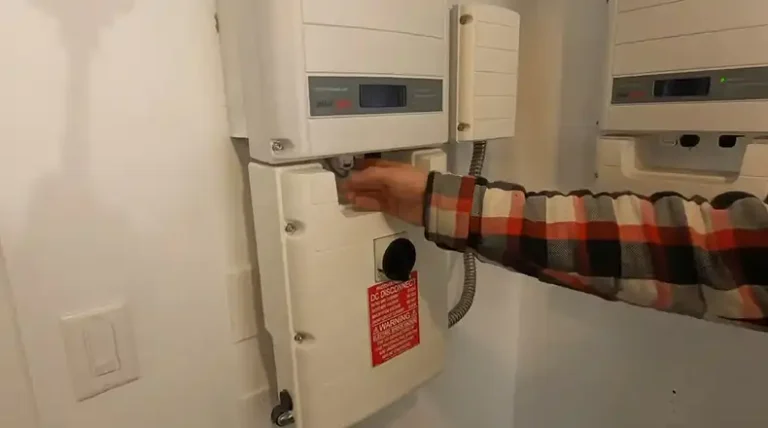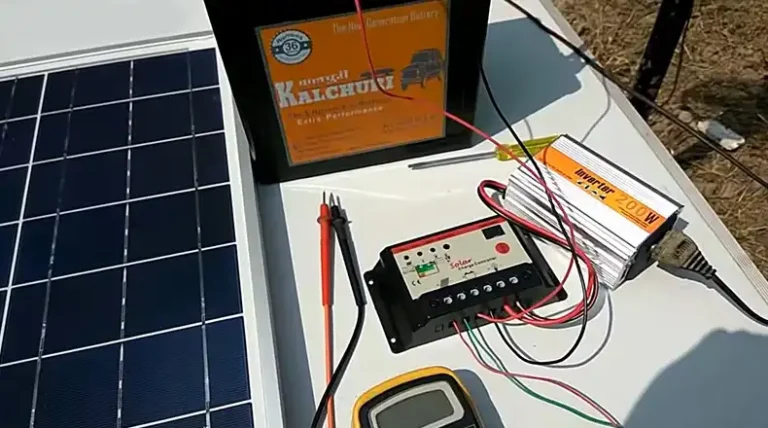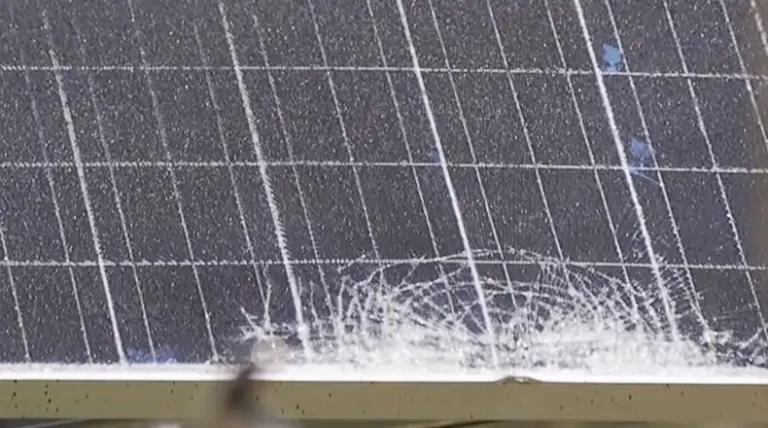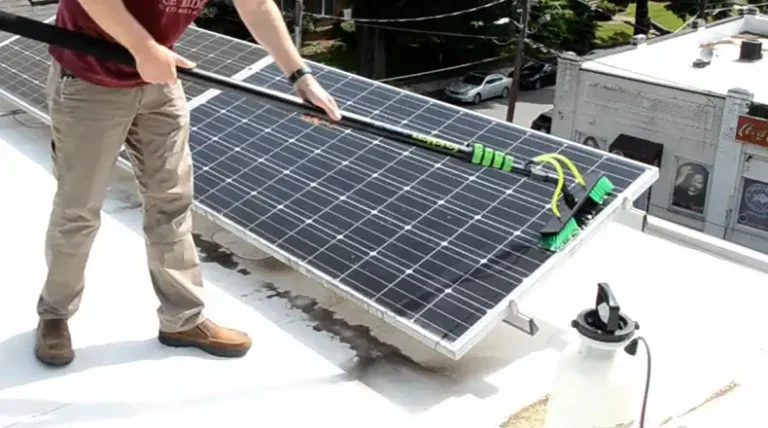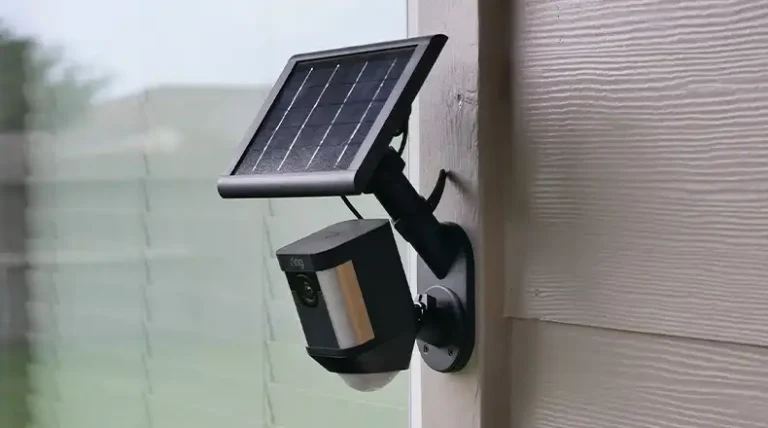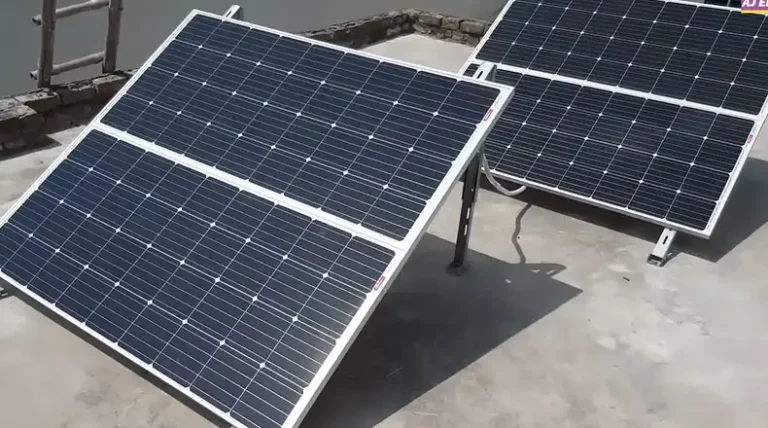How Does a Solar Inverter Synchronize with Grid | Complete Guide
At the heart of a grid-tied solar system lies the solar inverter, a crucial component that converts the direct current (DC) electricity generated by the solar panels into alternating current (AC) for powering household appliances and feeding excess energy back into the utility grid.
However, simply converting DC to AC is not enough. For safe and reliable integration with the electric grid, the solar inverter must precisely synchronize its AC output with the grid’s voltage, frequency, and phase characteristics. This process, known as grid synchronization, is essential for ensuring a stable power flow, preventing equipment damage, and maintaining grid stability.
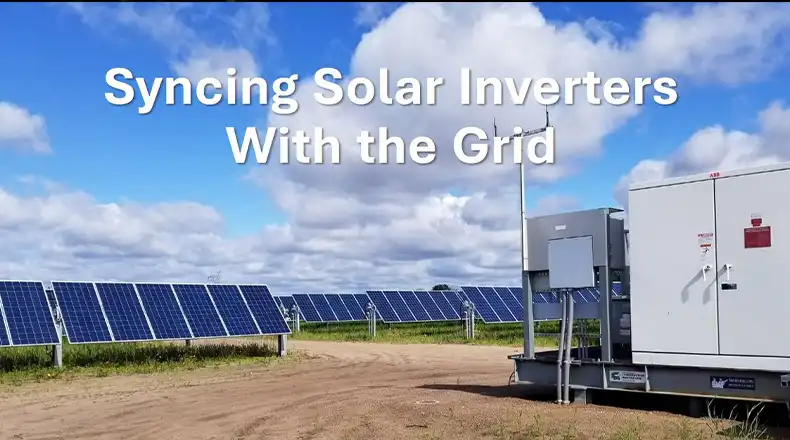
What’s Grid Synchronization for Solar Systems?
Grid synchronization refers to the process of matching the solar inverter’s AC output to the electrical characteristics of the utility grid. The key parameters that need to be synchronized are voltage, frequency, and phase.
- Voltage Matching
The inverter must adjust its output voltage to match the grid’s voltage level, typically ranging from 120V to 480V, depending on the region and system configuration.
- Frequency Matching
Most utility grids operate at a nominal frequency of 50Hz or 60Hz. The inverter’s AC output must cycle at the same rate as the grid frequency to prevent power fluctuations and potential equipment damage.
- Phase Matching
In addition to voltage and frequency, the inverter’s AC waveform must be in phase with the grid’s alternating current waveform to ensure smooth power flow and minimize disturbances.
Why is Grid Synchronization Important?
Failure to synchronize can lead to voltage and current imbalances, potentially causing electrical shocks, equipment damage, or even fires. The IEEE 1547 standard outlines strict interconnection requirements for distributed energy resources, including solar PV systems, to ensure safe grid integration.
Also, unsynchronized power injection can disrupt the grid’s delicate balance, leading to power quality issues, voltage fluctuations, and potential blackouts or brownouts. Furthermore, improper synchronization can introduce harmonics and other disturbances, degrading the quality of the electricity supplied to homes and businesses.
How do Solar Inverters Synchronize with the Grid?
To achieve grid synchronization, solar inverters employ sophisticated algorithms and techniques to continuously monitor and adjust to the grid’s parameters. Here’s a breakdown of the process:
Monitoring Grid Parameters
The inverter uses voltage sensors to measure the grid’s voltage level and waveform. By analyzing the grid’s voltage waveform, the inverter can determine the frequency and track any deviations. Additionally, the inverter detects the phase angle of the grid’s voltage waveform to align its output accordingly.
Synchronization Algorithms and Techniques
One of the most widely used techniques for grid synchronization is the Phase-Locked Loop (PLL). This method employs a control loop to match the inverter’s output frequency and phase to the grid’s voltage waveform. The PLL continuously adjusts the inverter’s output to maintain synchronization with the grid’s alternating current waveform.
Another technique is Zero-Crossing Detection, which detects the zero-crossing points of the grid voltage waveform and uses this information to synchronize the inverter’s output. This method is particularly effective for achieving frequency synchronization.
The Frequency-Locked Loop (FLL) is similar to the PLL, but it focuses primarily on matching the frequency rather than the phase. The FLL tracks the grid’s frequency and adjusts the inverter’s output accordingly, ensuring that the inverter’s AC cycles at the same rate as the grid.
Active and Reactive Power Control
Once the inverter’s output is synchronized with the grid, it can precisely control the active (real) and reactive (imaginary) power injected into the grid. This is achieved by regulating the inverter’s output voltage and current waveforms to maintain voltage and frequency stability within the grid.
Anti-Islanding Protection
Solar inverters incorporate anti-islanding mechanisms to detect and prevent the inverter from supplying power to a localized “island” of the grid during a utility outage. Islanding refers to a situation where a portion of the grid becomes isolated from the main utility supply but still receives power from distributed energy resources like solar panels. This scenario can be hazardous to utility workers and equipment, as the islanded grid segment may not be properly grounded or protected. Anti-islanding protection ensures that the inverter disconnects from the grid in case of an outage, preventing the formation of such islands.
By employing these sophisticated monitoring techniques, synchronization algorithms, and control strategies, solar inverters can seamlessly integrate with the utility grid, ensuring a stable and reliable power flow while adhering to safety standards and grid interconnection requirements.
Other Similar Queries
How does an inverter send power to the grid?
Once the inverter’s output is synchronized with the grid, it can precisely control the active (real) and reactive (imaginary) power injected into the grid. The inverter regulates its output voltage and current waveforms to match the grid’s parameters, allowing it to feed excess solar energy back into the utility grid.
How do inverter generators synchronize?
Inverter generators, which are portable generators that produce AC power through an inverter, use similar synchronization techniques as solar inverters. They monitor the grid’s voltage and frequency parameters and employ algorithms like Phase-Locked Loop (PLL) or Zero-Crossing Detection to synchronize their output with the grid.
Do solar inverters turn off at night?
Most grid-tied solar inverters are designed to operate in conjunction with the utility grid. They cannot function as standalone units without the grid reference. However, some inverters have a backup or off-grid mode that allows them to power essential loads during grid outages, using batteries or other energy storage systems. Solar inverters typically turn off at night when there is no sunlight for the solar panels to generate power.
How do I know if my solar panels are feeding into the grid?
If your solar system is grid-tied, you can check if it is feeding energy into the grid by monitoring your net meter or energy monitoring system. When your solar panels are producing more energy than your home is consuming, the excess energy flows back into the grid, and the net meter will spin backward or display a negative value.
Does solar go straight to the grid?
In most grid-tied solar systems, the solar energy generated by the panels does not go directly to the grid. The solar panels produce direct current (DC) electricity, which is then converted to alternating current (AC) by the solar inverter. The inverter synchronizes its AC output with the grid’s parameters and injects the excess energy into the utility grid after meeting the home’s energy needs.
Summing Up
Grid synchronization is a critical process that enables solar inverters to safely and reliably integrate with the utility grid. By precisely matching voltage, frequency, and phase characteristics, inverters can inject clean, stable power into the grid while adhering to safety standards and maintaining grid stability.

